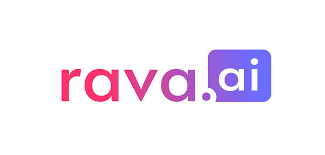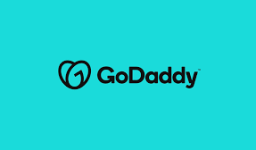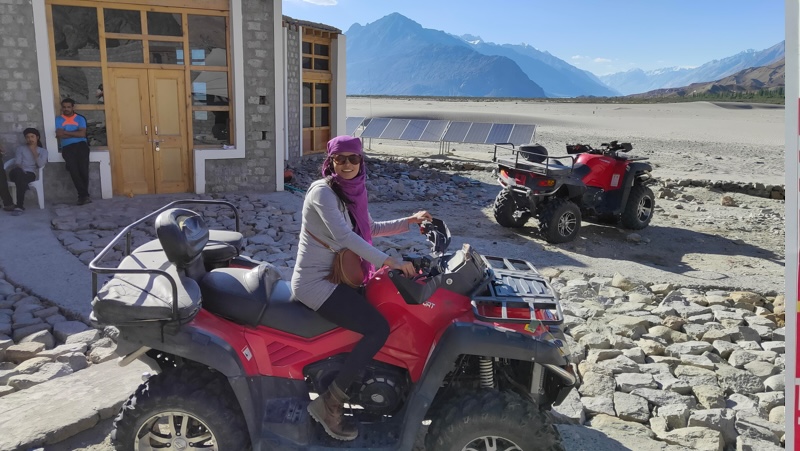Specific Projects

Technical Architecture - RAVA AI
- Our solution involved:
- Brand Personality Modeling: - Developed a proprietary framework that translates brand guidelines into quantifiable parameters - Created a mathematical model that represents brand voice along 12 dimensions - Implemented adaptive templates that flex based on brand personality scores while maintaining platform-specific requirements
- Multimodal Consistency: - Built a synchronized generation pipeline that ensures text and image outputs reflect the same underlying concepts - Developed a novel technique for extracting style parameters from existing brand assets to guide new content creation - Implemented a feedback loop system that learns from user content selections to refine brand understanding
- Technical Implementation: - Custom prompt engineering framework that incorporates brand parameters - Fine-tuned models specific to industry verticals - Contextual awareness through knowledge graph integration - Automated quality assurance system that flags potential brand inconsistencies

Product-Led Transformation at GoDaddy
Challenge: Transform user experience and business outcomes. When I joined GoDaddy, the Marketing Suite suffered from feature bloat, inconsistent user experiences, and declining adoption.
- Here's how I applied systematic product management approaches to turn it around:
- Discovery Phase: - Conducted 50+ customer interviews using the Jobs-to-be-Done framework - Analyzed product usage data to identify most/least used features - Created customer journey maps highlighting pain points and opportunities - Conducted competitive analysis to identify market gaps and opportunities - Synthesized findings into opportunity themes, presenting to executive stakeholders
- Strategic Framework Development: - Facilitated executive workshops to align on product vision and success metrics - Created a prioritization framework incorporating business impact, customer value, and technical feasibility - Developed a product health dashboard with leading and lagging indicators - Established quarterly business reviews to reassess priorities based on market changes
- Execution Model: - Implemented dual-track agile with dedicated discovery and delivery tracks - Created a "simplification sprint" concept focusing exclusively on reducing complexity - Established a feature retirement process with clear criteria for sunsetting - Implemented a modular architecture approach enabling incremental improvements - Developed standardized documentation templates for consistent communication
- Outcomes & Learnings: - 5% lift in adoption (representing millions in revenue) - 35% improvement in customer satisfaction - $300K annual cost savings - 40% reduction in time-to-value for new customers
